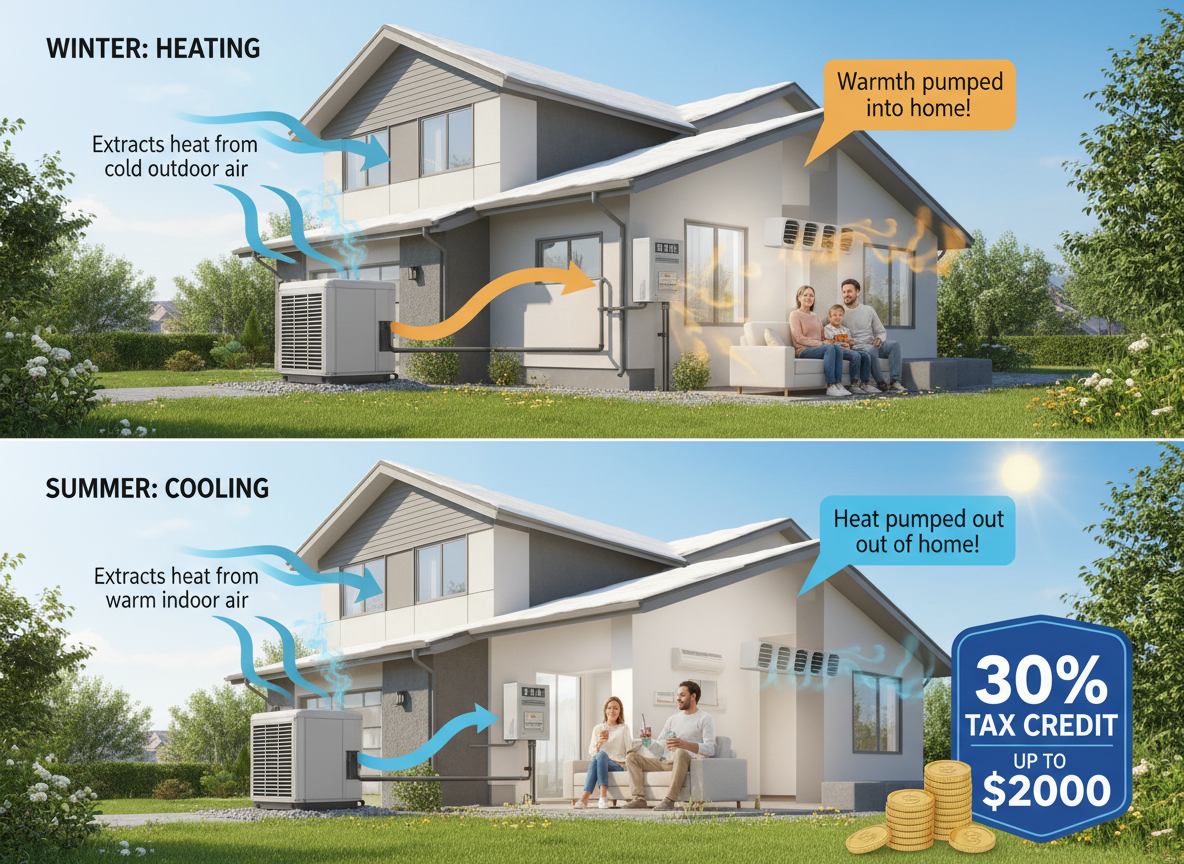
Achieve Ideal Comfort Levels
Everyone has their own preferences when it comes to ideal indoor humidity levels. However, regardless of what type of climate you live in, indoor humidity levels that are too high or too low can cause health issues, damage to your home, and disrupt indoor comfort.
The Consumer Product Safety Commission recommends indoor humidity level between 30 and 50 percent, while the EPA recommends humidity levels below 60 percent to reduce mold growth. Managing indoor humidity to achieve ideal comfort levels should be a priority. Having the right indoor humidity levels will ensure your HVAC system is working efficiently for your home and help your home remain cool in the summer and warm in the winter. Below we discuss what can result from too high or low humidity levels and how to manage ideal indoor humidity to meet your personal and home needs.
Issues Caused by High Indoor Humidity Levels
When the humidity in your home is higher than 50 percent you will feel uncomfortable and can the high level of humidity can lead to mold growth. Mold growth, mildew, fungi, bacteria and viruses can decrease indoor air quality leading to health issues and damage to your home.
Increased condensation in your home can also lead to rot and decay of flooring and structural materials in your home. Furthermore, high indoor humidity can leave your home feeling muggy which will result in leaving you feeling hot and uncomfortable. When you feel hot and uncomfortable you will turn up your air conditioning resulting in more energy usage and increasing your energy bills.
Issues Caused By Low Indoor Humidity Levels
On the other hand, indoor humidity levels that are too low can also be a problem. Low levels can lead to dry, itchy skin, sinus issues, and increase in static electricity. Cold and flu viruses may spread more rapidly. Furthermore, dry air can leave you feeling colder as the dry air pulls moisture from your skin. In the winter, this may lead you to turn up the heat wasting additional energy. Extremely low humidity levels below 5 percent can even lead to wood furniture and flooring to shrink causing cracking.
Managing Indoor Humidity
To address issues in your home from improper humidity levels, you may need additional equipment such as humidifier or dehumidifiers. These systems work with your existing HVAC system to remove or add moisture to the air. These systems are designed to increase your home comfort and decrease your risk of humidity related health issues. Below we discuss other ways to manage indoor humidity in your home.
Turn on Your AC
Turning on your air conditioner can help with humidity in your home. One of the functions of the refrigerant inside your AC is to absorb heat and moisture before blowing cool air into your home. If your current air conditioner is older consider replacing to lower humidity more efficiently. Typically, an air conditioner can last around 15 years before it needs to be replaced. Older air conditioning units components can start failing and may no longer efficiently remove humidity.
Use A Dehumidifier
Using a dehumidifier can pull the moisture out of the air. Even the best air conditioner might not remove enough humidity for optimum comfort. If the entire house consistently registers higher than 50 percent humidity, a whole-house dehumidifier installed on your home’s HVAC system should help. The best place for a room dehumidifier is in a basement or bathroom with closed doors and windows.
Use Kitchen and Bathroom Fans
Be sure to use the kitchen and bathroom ventilation fans to help decrease condensation in your kitchen and bathrooms.
Seal Any Air Leaks
If you have any air leaks you may have excess moisture sneaking into your home. Common places for air leaks are doors, windows, attic/basement hatches, or electrical outlets.
Install A Humidifier
For chronically dry air typical in southern California, a whole-home humidifier would be the best option. Whole home humidifiers can be set for a specific humidity level and can monitor moisture levels in your home and adjust automatically. A whole home humidifier adds moisture through the ductwork to maintain ideal indoor humidity levels.
How to Tell if Your Home Has Poor Indoor Humidity
· You are not sleeping well. Too much or too little humidity can affect your sleep, according to the National Sleep Foundation. Too much humidity in the air, can lead your body to work harder to evaporate sweat in order to cool itself. On the other hand, air that's too dry can irritate your throat and lead to nighttime coughing.
· You cannot stop sweating inside your home.
· You have difficulty breathing. High home humidity levels can often lead to respiratory issues such as chest tightness and wheezing. Furthermore, humidity levels that are too low can also lead to a host of respiratory problems.
If you are experiencing any issues with your humidity levels at your home contact LA Heating and Air at 818-341-3406 or contact us online. Managing indoor humidity levels and maintaining it at different times of the year will ensure your comfort and safety.
Managing Indoor Humidity Levels Related Posts:






















.png)














